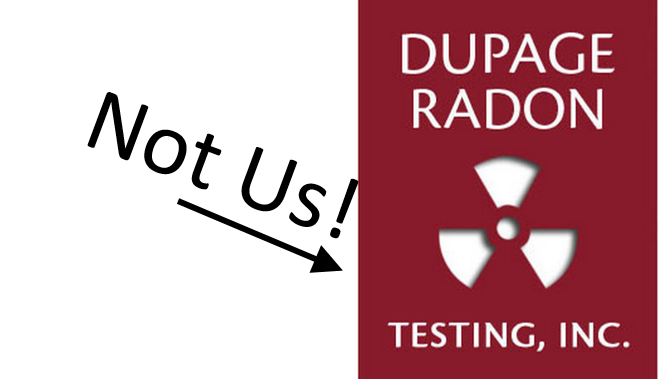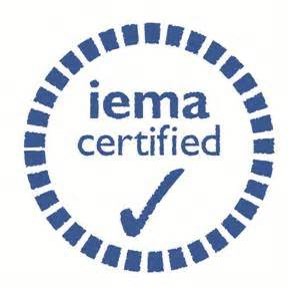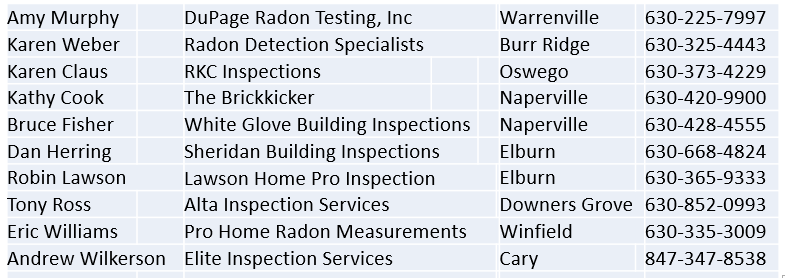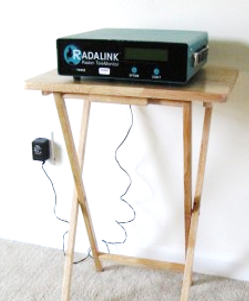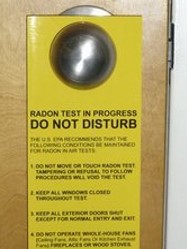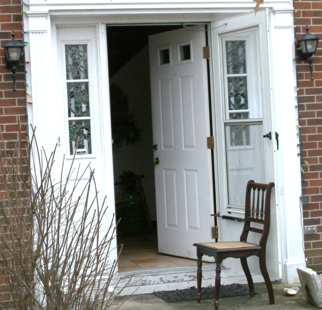We Do Not Do Testing.
All areas of northern Illinois can have high radon levels, and all buildings should be tested every two years. Due to Illinois state regulations, radon mitigation companies like us, cannot provide radon testing services on homes we mitigate or plan to mitigate, but testing can be performed by a professional or the building resident.
Professional testing is usually required for real estate and refinancing transactions. It usually takes a few days and costs $100- $300 per home. Self-test kits are usually $35-$65 each and are available in local home centers and hardware stores.






